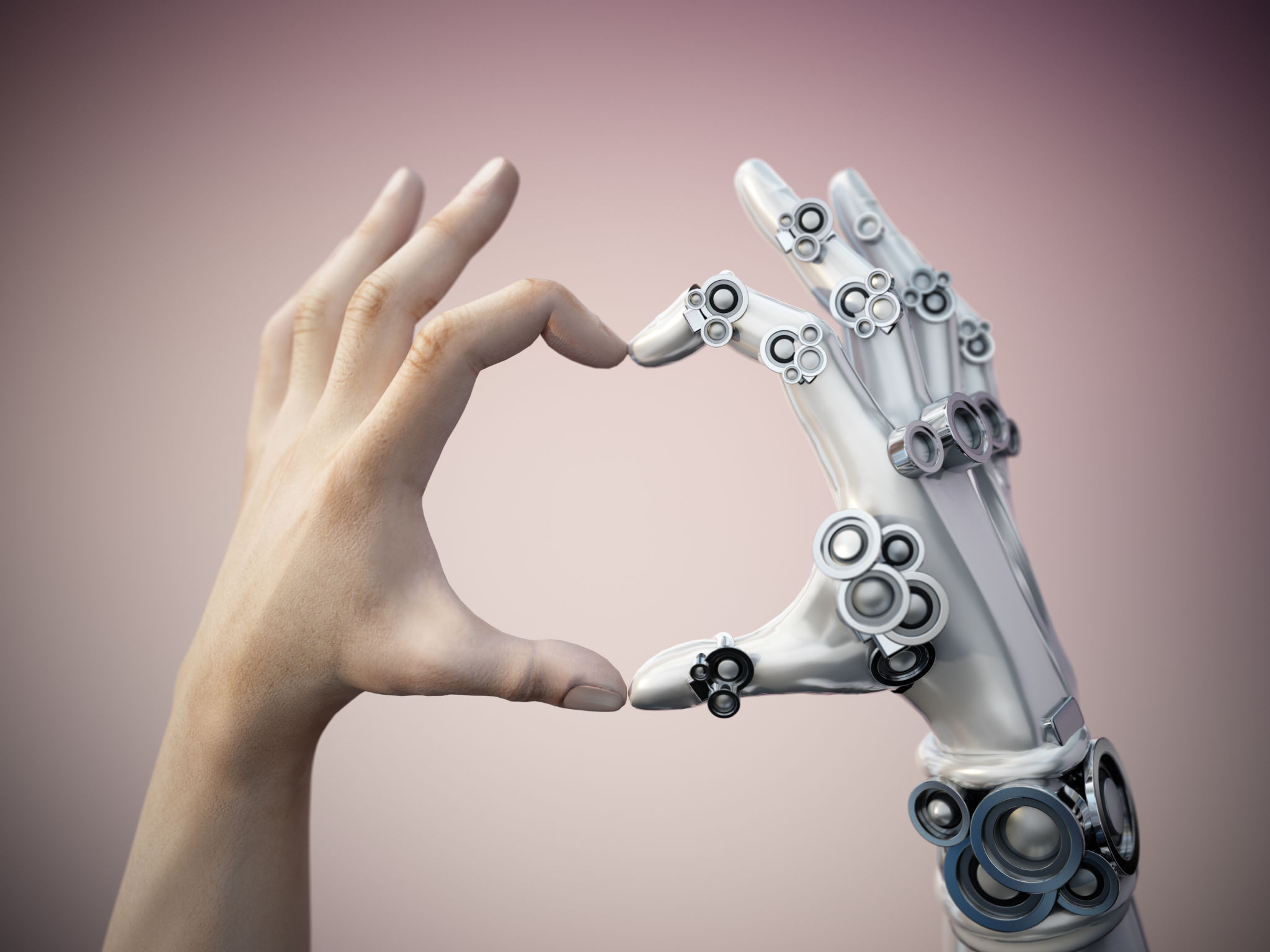Harnessing Automated Robotics Systems for Advanced Manufacturing Efficiency
Embracing Automation in Manufacturing
In today's rapidly evolving industrial landscape, the integration of automated robotics systems has become crucial for enhancing manufacturing efficiency. These advanced technologies are not just a luxury but a necessity for companies aiming to maintain a competitive edge. By leveraging robotics, manufacturers can streamline operations, reduce labor costs, and improve product quality.
Automated robotics systems enable manufacturers to perform complex tasks with precision and consistency, minimizing human error and increasing output. This technological advancement is particularly beneficial in environments that demand high accuracy and repeatability.

Boosting Productivity with Robotics
The introduction of robotics into manufacturing processes significantly increases productivity. Robots can operate 24/7 without fatigue, offering a consistent and uninterrupted workflow. This continuous operation capability allows businesses to meet high production demands efficiently, thereby enhancing overall productivity.
Furthermore, robotics systems can handle repetitive and mundane tasks, freeing up human workers to focus on more strategic and creative activities. This shift not only boosts employee satisfaction but also drives innovation within the company.
Key Benefits of Automation
- Increased Efficiency: Robots optimize production lines by reducing cycle times and increasing throughput.
- Cost Savings: Automation reduces labor costs and minimizes waste through precision processing.
- Enhanced Safety: Robots can perform dangerous tasks, keeping human workers out of harm's way.

Challenges and Considerations
While the benefits of automated robotics systems are clear, implementing them comes with its own set of challenges. Businesses must consider the initial investment costs, which can be substantial. However, the long-term savings and productivity gains often justify the expenditure.
Another consideration is the need for skilled personnel to operate and maintain these systems. Companies must invest in training programs to ensure their workforce is equipped to handle the new technology effectively.
Future of Manufacturing
The future of manufacturing lies in the continued integration of advanced technologies like artificial intelligence and machine learning with robotics systems. These innovations will further enhance the capabilities of automated processes, enabling even greater efficiency and customization in production lines.

In conclusion, harnessing automated robotics systems is key to achieving advanced manufacturing efficiency. As technology continues to evolve, those who adapt and integrate these systems will be well-positioned to thrive in the competitive industrial landscape.
